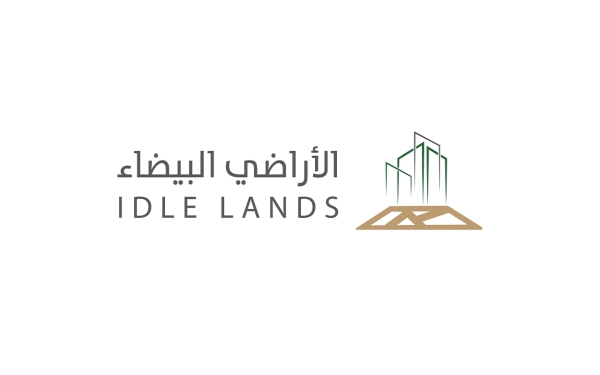

The term white land in the Kingdom of Saudi Arabia refers to any vacant land designated for residential use or residential-commercial use within the borders of the urban scope. These borders refer to the lines shown in the maps of the urban scope documents, which illustrate the different urban development stages and the development protection limit and represent the appropriate borders for settling urban activities and accommodating urban growth over a specific period. The Implementing Regulations for the White Land Fee Law in the Kingdom were issued in 2016.
The white lands in the Kingdom are subject to fees imposed on white land owners with legal capacity by the Municipalities and Housing, unless these lands belong to government entities. The fees amount to 2.5 percent of the appraised land value. The regulations determine the entity responsible for collecting the land fees and the criteria for estimating the land's value. The regulations' criteria take into consideration the land's location, its uses, the availability of public services, accessibility to facilities, and its building regulations.
The lands subject to the White Land Fee Law are announced, and landowners are informed of the decision to impose fees on their land, along with the specific amount owed. Subsequently, landowners have the option to submit all documents and data pertaining to their lands to the Ministry of Municipalities and Housing, as long as this is done within a maximum period of six months from the date of the announcement. The land fees are annual, and the Ministry of Municipalities and Housing, in coordination with the relevant entities, is responsible for building a database related to the White Land Fee Law. Every relevant entity can access this data to enable its implementation.
Related quizzes
Related articles

